Guide to Watering Cannabis Plants: From Germination to Harvest
Watering cannabis plants may seem like a simple task, but it’s one of the most crucial aspects of cultivation that can greatly impact the health, growth, and ultimately, the yield of your plants. Whether you’re a novice or experienced grower, understanding the water needs of your cannabis from germination to harvest is essential for a successful harvest. In this guide, we’ll delve into the nuances of watering cannabis plants throughout their life cycle.
- Part 1: Germination Stage
- Part 2: Seedling Stage
- Part 3: Vegetative Stage
- Part 4: Flowering Stage
- Part 5: Harvest Stage
- Part 6: General Watering Tips

Part 1: Germination Stage
The germination stage marks the beginning of a cannabis plant’s journey from seed to harvest. It’s a critical phase where the seeds awaken from dormancy and initiate the process of sprouting and root development. Proper moisture levels are paramount during this stage, as they play a pivotal role in facilitating germination without drowning the delicate seeds.
Cannabis seeds require moisture to sprout and establish roots, but striking the right balance is essential. Overwatering poses a significant risk during germination, as excessive moisture can lead to issues like damping off—a fungal disease that causes seedlings to collapse—or root rot, where the roots decay due to lack of oxygen in waterlogged soil.
While it’s crucial to provide moisture during germination, it’s equally important to exercise caution and avoid saturating the growing medium. Too much water can suffocate the seeds or promote the growth of harmful pathogens, jeopardizing the germination process.
Key Points to Remember:
- Moisture is essential for germination: Cannabis seeds require adequate moisture to sprout and begin root development.
- Avoid overwatering: Excessive moisture can lead to damping off or root rot, hindering seedling growth.
- Choose a germination method: Whether using the paper towel method or planting directly in soil, ensure the growing medium is damp but not waterlogged.
- Monitor moisture levels: Check the moisture content regularly and adjust watering as needed to maintain optimal conditions for germination.
By understanding the importance of proper moisture management during the germination stage and employing suitable germination techniques, growers can set their cannabis plants on the path to a healthy start and successful cultivation journey.
Watering Tip: Keep the growing medium consistently moist but not waterlogged. A light misting or gentle watering is usually sufficient during this stage. Ensure proper drainage to prevent water accumulation.
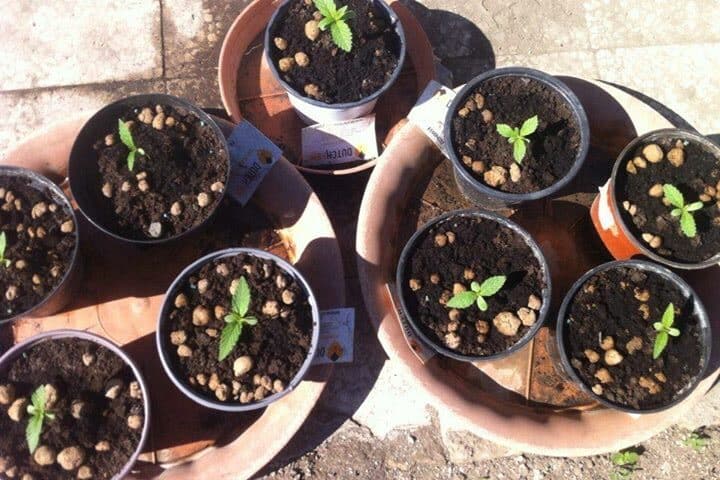
Part 2: Seedling Stage
After successfully germinating cannabis seeds, the seedling stage marks the emergence of delicate seedlings and the growth of their first true leaves. While these tiny plants may seem resilient, they still require attentive care, particularly when it comes to watering. The seedling stage is a critical period where overwatering can stunt growth and lead to a host of issues, including mold, mildew, and root problems.
As your cannabis seedlings emerge and develop their first set of true leaves, it’s essential to continue providing moisture, but with caution. The roots of seedlings are delicate and vulnerable, making them particularly sensitive to excessive moisture. Overwatering during this stage can suffocate the roots, inhibit nutrient uptake, and ultimately stunt the growth of the seedlings.
Careful watering is crucial during the seedling stage to ensure optimal growth and development. While it’s tempting to shower the seedlings with water, moderation is key. Rather than drenching the soil, aim for a gentle watering approach that moistens the growing medium without saturating it. +/- 40ml water per day will do.
Key Points to Remember:
- Gentle watering: Use a light touch when watering seedlings to avoid disturbing delicate roots.
- Prevent overwatering: Allow the top inch of the soil to dry out between watering sessions to prevent waterlogged conditions.
- Monitor moisture levels: Check the soil moisture regularly by gently inserting your finger into the soil. If it feels dry to the touch, it’s time to water.
- Maintain airflow: Adequate airflow around seedlings helps prevent the buildup of moisture and reduces the risk of mold or mildew.
- Observe seedling health: Keep a close eye on the seedlings for signs of stress, such as wilting or yellowing leaves, which may indicate overwatering.
By exercising caution and providing careful watering during the seedling stage, growers can foster healthy root development and set the stage for robust growth as their cannabis plants progress through subsequent stages of the growth cycle. With proper care and attention, seedlings can thrive and develop into vigorous plants capable of producing bountiful yields at harvest.
Watering Tip: Water seedlings sparingly, allowing the top inch of the soil to dry out between watering. A small amount of water +/- 60ml around the base of the seedling is usually enough. Monitor closely for signs of overwatering, such as drooping or yellowing leaves.

Part 3: Vegetative Stage
The vegetative stage is a period of vigorous growth for cannabis plants, marked by the development of lush foliage and sturdy branches. During this phase, plants undergo rapid vegetative growth as they focus on building a robust framework to support future flowering. Adequate water supply is essential to fuel this growth, but it’s crucial to strike a balance to avoid waterlogged conditions that can impede root function and lead to various problems.
As cannabis plants transition into the vegetative stage, their water requirements increase compared to the seedling stage. This heightened demand for water is driven by the plant’s accelerated growth rate and the expansion of its root system. However, while plants need more water during this phase, it’s essential to remain vigilant and prevent waterlogged conditions that can suffocate roots and hinder nutrient uptake.
Proper watering practices during the vegetative stage involve providing sufficient moisture to support growth while allowing the growing medium to dry out slightly between watering sessions. This approach encourages the development of a healthy root system capable of efficiently absorbing water and nutrients from the soil.
Key Points to Remember:
- Increase watering frequency: Cannabis plants in the vegetative stage require more water than during the seedling stage due to rapid growth.
- Avoid waterlogged conditions: Ensure proper drainage in pots or containers to prevent water from pooling around the roots.
- Monitor soil moisture: Check the moisture level of the growing medium regularly and adjust watering frequency accordingly. Aim to keep the soil consistently moist but not saturated.
- Promote root health: Encourage the development of a robust root system by allowing the top few inches of soil to dry out between watering sessions.
- Consider environmental factors: Factors such as temperature, humidity, and airflow can influence water requirements. Adjust watering practices accordingly to accommodate changing environmental conditions.
By maintaining a careful balance between providing adequate moisture and preventing waterlogged conditions, growers can promote healthy vegetative growth and set the stage for robust flowering during the subsequent stages of the growth cycle. With proper care and attention to watering, cannabis plants can thrive and reach their full potential in the vegetative stage, ultimately leading to a successful harvest.
Watering Tip: Water thoroughly but allow the top couple of inches of soil to dry out between watering sessions. This encourages root growth and helps prevent issues such as root rot. Adjust watering frequency based on environmental factors like temperature and humidity.
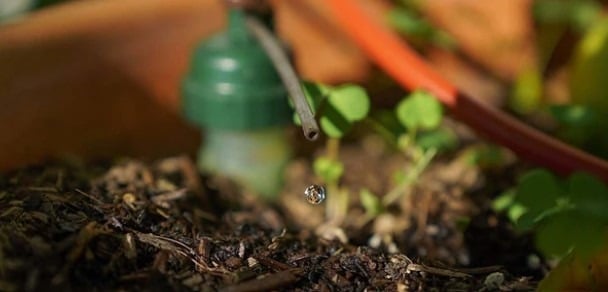
Part 4: Flowering Stage
The flowering stage is a critical phase in the cannabis growth cycle, characterized by the development of buds rich in cannabinoids and terpenes. During this period, cannabis plants undergo significant physiological changes as they shift their focus from vegetative growth to bud production. Proper watering becomes paramount to support the plant’s needs during flowering, but it’s essential to adapt watering practices to accommodate the changing requirements of the plants.
As cannabis plants transition into the flowering stage, their water needs may undergo some adjustments compared to the vegetative stage. While maintaining adequate moisture remains crucial, overwatering during flowering can have detrimental effects on bud development and overall plant health.
Overwatering during the flowering stage can lead to several issues:
- Reduced nutrient uptake: Excessive moisture can saturate the growing medium, limiting the availability of oxygen to the roots and impeding nutrient uptake.
- Bud rot: Moist conditions provide an ideal environment for the growth of mold and mildew, increasing the risk of bud rot, which can devastate the entire crop.
- Decreased flower quality: Overwatering can compromise the flavor, aroma, and potency of the buds, resulting in a lower-quality harvest.
Proper watering practices during the flowering stage involve:
- Moderating watering frequency: While plants still require moisture, it’s essential to reduce watering frequency slightly compared to the vegetative stage. Allow the top few inches of soil to dry out between watering sessions to prevent waterlogged conditions.
- Monitoring soil moisture: Regularly check the moisture level of the growing medium and adjust watering accordingly. Avoid watering on a fixed schedule and instead respond to the plant’s needs and environmental conditions.
- Watering at the base: Direct water to the base of the plant rather than wetting the foliage excessively. This helps prevent the development of mold and mildew on the leaves and buds.
- Promoting airflow: Adequate airflow around the plants helps evaporate excess moisture and reduces the risk of fungal diseases. Use fans to improve air circulation within the grow space.
Key Points to Remember:
- Adjust watering practices: Adapt watering frequency and volume to meet the changing needs of the plants during the flowering stage.
- Prevent overwatering: Avoid saturating the growing medium to prevent issues such as nutrient deficiencies, bud rot, and decreased flower quality.
- Monitor plant health: Keep a close eye on the plants for signs of stress, including wilting, yellowing leaves, or mold development, and adjust watering practices accordingly.
By carefully managing watering practices during the flowering stage, growers can optimize bud development, enhance flower quality, and minimize the risk of potential problems, ultimately leading to a successful harvest of high-quality cannabis.
Watering Tip: Be mindful of the plant’s water needs during flowering. Reduce watering frequency slightly compared to the vegetative stage, allowing the soil to dry out a bit more between waterings. Monitor the plant closely for signs of stress and adjust watering accordingly.

Part 5: Harvest Stage
As cannabis plants approach the harvest stage, growers must fine-tune their watering practices to ensure optimal conditions for the final stages of bud development and ripening. The weeks leading up to harvest are a critical period during which growers may implement flushing techniques to remove excess nutrients from the plants and enhance the flavor and quality of the final product. Adjusting watering practices during this stage is essential to support the flushing process and prepare the plants for harvest.
Flushing is a common technique used by growers to leach out accumulated salts and nutrients from the growing medium and the plant’s tissues. This process helps to reduce the buildup of residual nutrients in the buds, which can negatively impact taste, aroma, and overall smoke quality. Flushing typically involves watering the plants with plain, pH-balanced water in the absence of additional nutrients during the final one to two weeks before harvest.
Watering practices during the harvest stage may differ in the following ways:
- Flushing: Prioritize flushing the plants with plain water to remove excess nutrients and salts from the growing medium and the plant’s tissues. This helps improve the purity and flavor of the final product.
- Reduced watering frequency: As the plants near maturity, their water requirements may decrease. Reduce watering frequency slightly to allow the plants to utilize any remaining nutrients and to begin drying out in preparation for harvest.
- Observation and adjustment: Monitor the plants closely during the final weeks leading up to harvest. Adjust watering practices based on the plant’s response, environmental conditions, and stage of maturity. Aim to maintain optimal moisture levels while avoiding overwatering, which can lead to mold or other issues.
- Drying out: Towards the end of the harvest stage, gradually reduce watering to allow the plants to dry out slightly. This helps prepare the plants for the drying and curing process post-harvest.
Key Points to Remember:
- Implement flushing: Prioritize flushing the plants with plain water to remove excess nutrients and improve the quality of the final product.
- Adjust watering frequency: Reduce watering frequency as the plants near maturity, but continue to monitor moisture levels to prevent dehydration or overwatering.
- Prepare for drying: Gradually reduce watering towards the end of the harvest stage to allow the plants to begin drying out in preparation for harvest and curing.
By carefully managing watering practices during the harvest stage and incorporating flushing techniques where appropriate, growers can enhance the flavor, aroma, and overall quality of their cannabis harvest, ultimately resulting in a more enjoyable and satisfying end product for consumers.
Watering Tip: If flushing your plants, use plain, pH-balanced water without added nutrients. Reduce watering frequency as the plants approach harvest to allow them to use up remaining nutrients and develop desired flavors and aromas.

Part 6: General Watering Tips:
- Use room temperature or lukewarm water to avoid shocking the plants.
- Ensure proper drainage in pots or containers to prevent waterlogging.
- Monitor environmental conditions such as temperature and humidity, as they can affect the plant’s water needs.
- Consider using a moisture meter to accurately gauge soil moisture levels.
- Always water the base of the plant to avoid wetting the foliage excessively, which can invite pests and diseases.
In conclusion, mastering the art of watering cannabis plants from germination to harvest is essential for cultivating healthy, thriving plants and achieving a successful harvest. There is no set schedule with fixed amounts of water. It depends on too many different factors such as temperature, humidity, growing medium, plant size etc etc.By understanding the varying water needs of your cannabis plants throughout each stage of growth and adjusting your watering practices accordingly, you’ll be well on your way to growing high-quality cannabis. Remember, consistency, observation, and careful attention to detail are key to nurturing your plants and maximizing their potential.
The Importance of pH in Cannabis Cultivation
Foliar sprays in cannabis cultivation
The differences between organic and mineral nutrients for cannabis cultivation











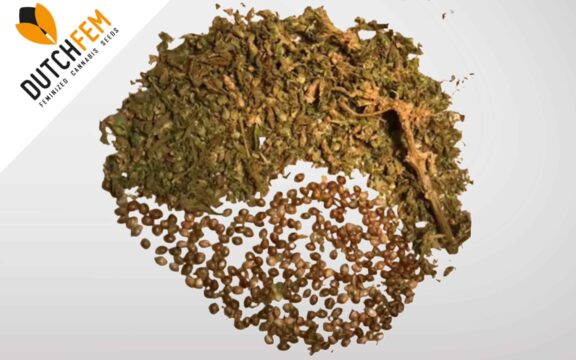






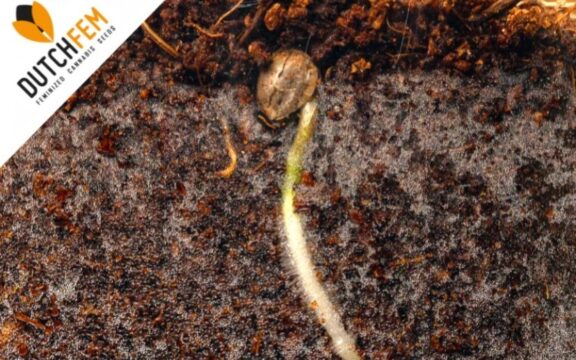






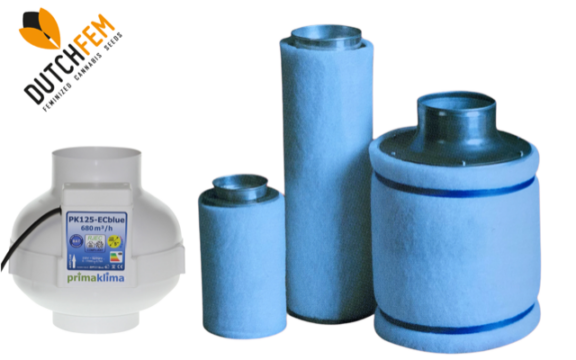






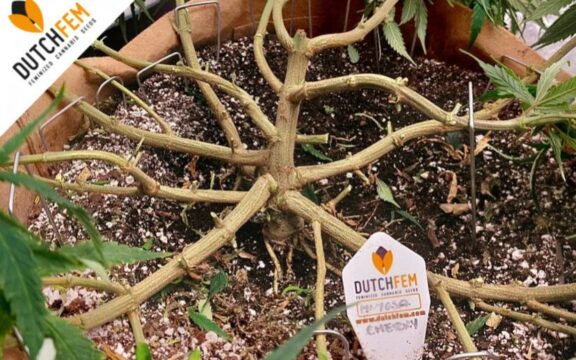




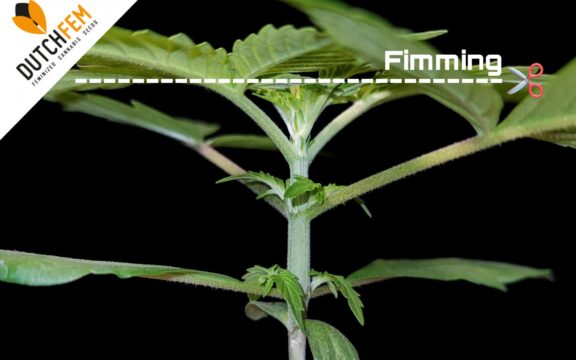




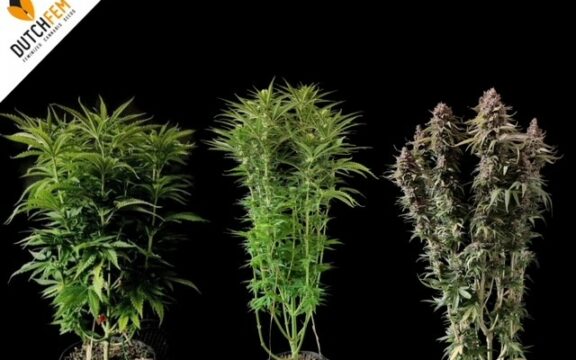





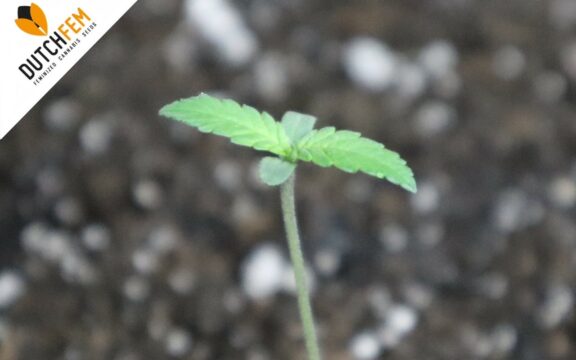

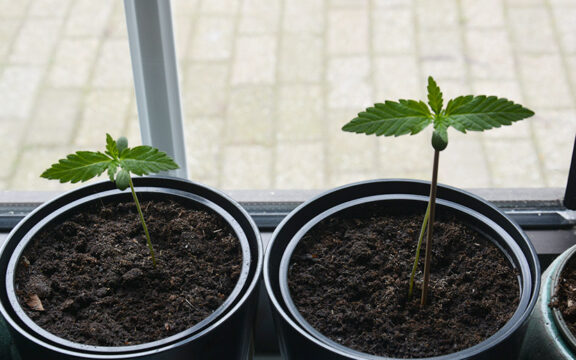
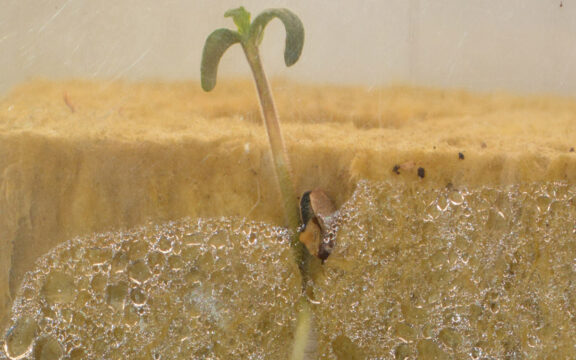




You must be logged in to post a comment.